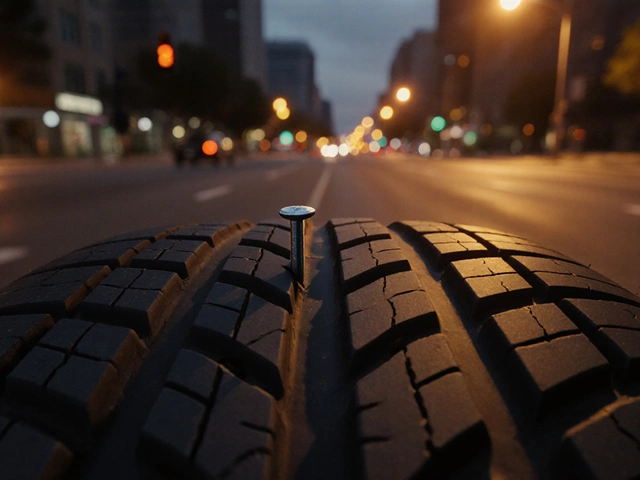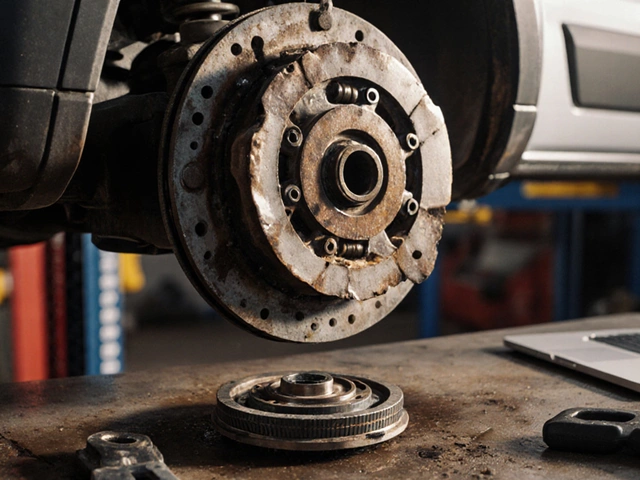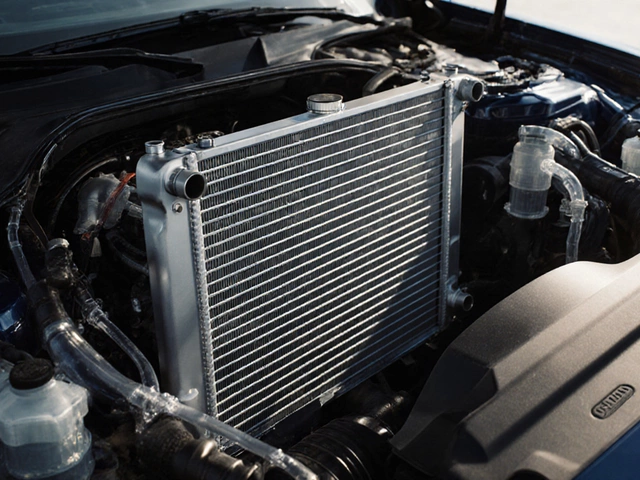
Brake Pad Symptoms: Signs You Need a Replacement Now
When your brake pads, the friction material that presses against the rotors to stop your car wear out, your safety drops fast. You might not feel it right away, but worn brake pads don’t just make noise—they change how your whole braking system works. Ignoring them can lead to damaged rotors, longer stopping distances, or even complete brake failure. These aren’t just repair items—they’re life-saving components.
Common brake pad symptoms, the clear signals your pads are nearing the end of their life include a high-pitched squeal when you brake, which comes from a small metal tab designed to warn you. If you hear grinding, that’s not just noise—it’s metal scraping metal, meaning your pads are already gone and your rotors are getting ruined. You might also feel vibration through the pedal or steering wheel, which often means uneven wear or warped rotors caused by prolonged pad wear. Another red flag? Your car takes longer to stop than it used to. That’s not normal aging—it’s a direct result of reduced friction from thinning pads.
These symptoms don’t show up overnight. They build slowly, which is why so many drivers miss them until it’s too late. A bad brake system, the entire mechanism that converts pedal pressure into stopping force doesn’t always throw a warning light. You have to pay attention to how your car feels. And if you’ve noticed any of these signs, it’s not about saving money—it’s about avoiding a much bigger repair bill or, worse, an accident.
What you’ll find below are real, practical guides from drivers who’ve been there. From how to check your own brake pad thickness without lifting the car, to understanding why some pads squeal while others don’t, to what the real cost of replacement looks like in 2025—these posts cut through the noise. You’ll also see how worn pads connect to other problems, like suspension wear or uneven tire wear, because brakes don’t work in isolation. This isn’t theory. It’s what happens when you drive with bad brakes—and how to fix it before it’s too late.
-
29 Jun






